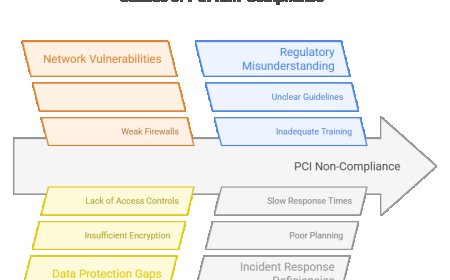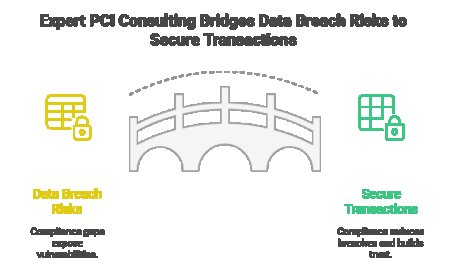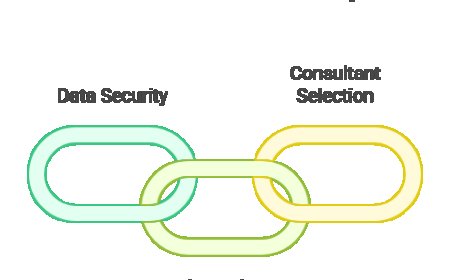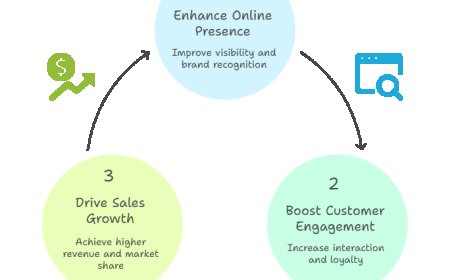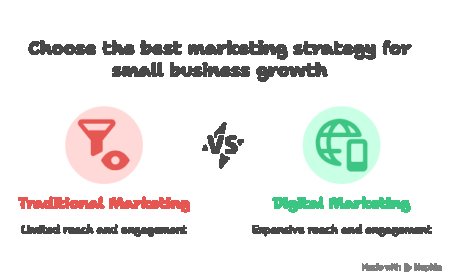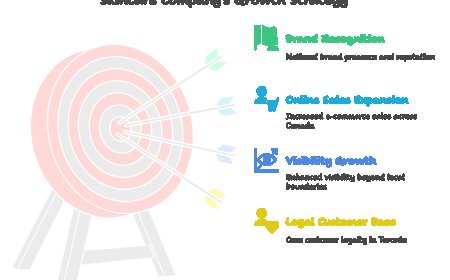What I Wish I Knew Before Building My First AI Product from Scratch
Digital Radium delivers expert AI development services to streamline operations, enable smart decisions, and drive powerful business growth with cutting-edge AI.

Like many founders, I spotted what seemed like the perfect AI opportunity. Our team was drowning in manual data processing spending hours each week on repetitive tasks. I watched our analysts copy-paste information between systems, categorize tickets, and generate reports that followed predictable patterns.
"This would be a perfect AI use case," I thought, practically bouncing with excitement. I envisioned an intelligent system that would automate everything, freeing our team to focus on strategic work. Within days, I'd hired a freelance developer and convinced myself we'd have a working product in a few weeks. The plan seemed foolproof: feed some data into a machine learning model, add a sleek interface, and watch productivity soar.
Where It Started Going Off Track
What happened next was a masterclass in overconfidence. We dramatically underestimated how much quality data we needed to train anything remotely useful. Our developer suggested using an open-source sentiment analysis model "to get started quickly," but neither of us really understood how to adapt it to our specific use case.
The MVP we launched internally was, frankly, embarrassing. It misclassified obvious billing questions as "technical issues," couldn't handle our customers' informal language patterns, and somehow marked urgent bug reports as "low priority." The accuracy was so poor that our team abandoned it within days.
But the real problem wasn't just technical, it was conceptual. We'd built the entire UX around showing off that we were using AI, not around actually solving our team's workflow problems. The interface was full of confidence scores and "AI insights" that nobody asked for, while missing basic features like bulk actions and integration with our existing ticketing system.
What I Didn't Know About AI Development
We hadn't planned for any of the unglamorous but critical work, model tuning, edge case handling, or fallback logic for when the AI inevitably gets confused. Our infrastructure wasn't designed for the computational demands of running ML models, and we had no monitoring in place to catch when performance degraded.
Worse yet, we didn't even know how to measure whether the AI was "working." What's the success metric for ticket classification? Is 80% accuracy good enough? What about 90%? Should we optimize for speed or precision? These fundamental questions went unanswered because we were too focused on the cool factor of "having AI."
The turning point came when I realized we were trying to build a solution in search of a problem, rather than the other way around.
When We Finally Got Help
After two months of frustration, I swallowed my pride and reached out to a specialized AI Development Company St. Louis that offered both strategy and implementation. This was the best decision we made in the entire project.
Their first question was What does success look like for your customer service team?. They spent a full week just observing our workflow, talking to our agents, and understanding the nuances of how we actually handled support requests.
Together, we completely reframed the problem. Instead of trying to build a general-purpose ticket classifier, we focused on a hybrid system that could handle our three most common ticket types with high confidence, while gracefully handing off everything else to humans.
They helped us collect and clean our historical ticket data properly, then fine-tuned a model specifically on our customer language patterns and internal categorization logic. Most importantly, they built in confidence scoring and manual override capabilities, so our team could trust the system while maintaining control.
The difference was night and day. Within a month, we had a tool that was actually saving our team 15-20 hours per week, with accuracy rates above 85% on the ticket types we chose to automate.
What I'd Do Differently if I Started Over
I'd invest heavily in discovery and data preparation upfront. Good AI is built on good data, and good data requires understanding your domain deeply. Spend time cleaning, labeling, and structuring your information before you write a single line of model code.
Build hybrid systems from day one. Pure automation is tempting, but systems that combine AI efficiency with human judgment are more reliable and easier to improve over time. Plan for the AI to handle the 70% of cases it's confident about, while seamlessly escalating the rest.
Finally, treat your AI like a junior employee: it needs training, monitoring, feedback, and regular retraining as conditions change. It's not a "set it and forget it" solution.
Final Takeaways for First-Time AI Founders
The technology is powerful, but success depends more on problem definition and execution than on algorithmic sophistication.
You need a development team that speaks both product and machine learning fluently. Technical AI skills without product sense will lead to impressive demos that nobody uses. Product sense without AI expertise will lead to unrealistic expectations and poor implementation choices.
The right AI Development Company in St. Louis will challenge your assumptions about what AI can and should do for your business, not just build whatever you ask for quickly. If you're stuck on your first AI project, step back and reframe the problem you're trying to solve, not just the technology stack you're using to solve it.
Building AI products is hard, but it's incredibly rewarding when you get it right. Just make sure you're building something people actually need.




















